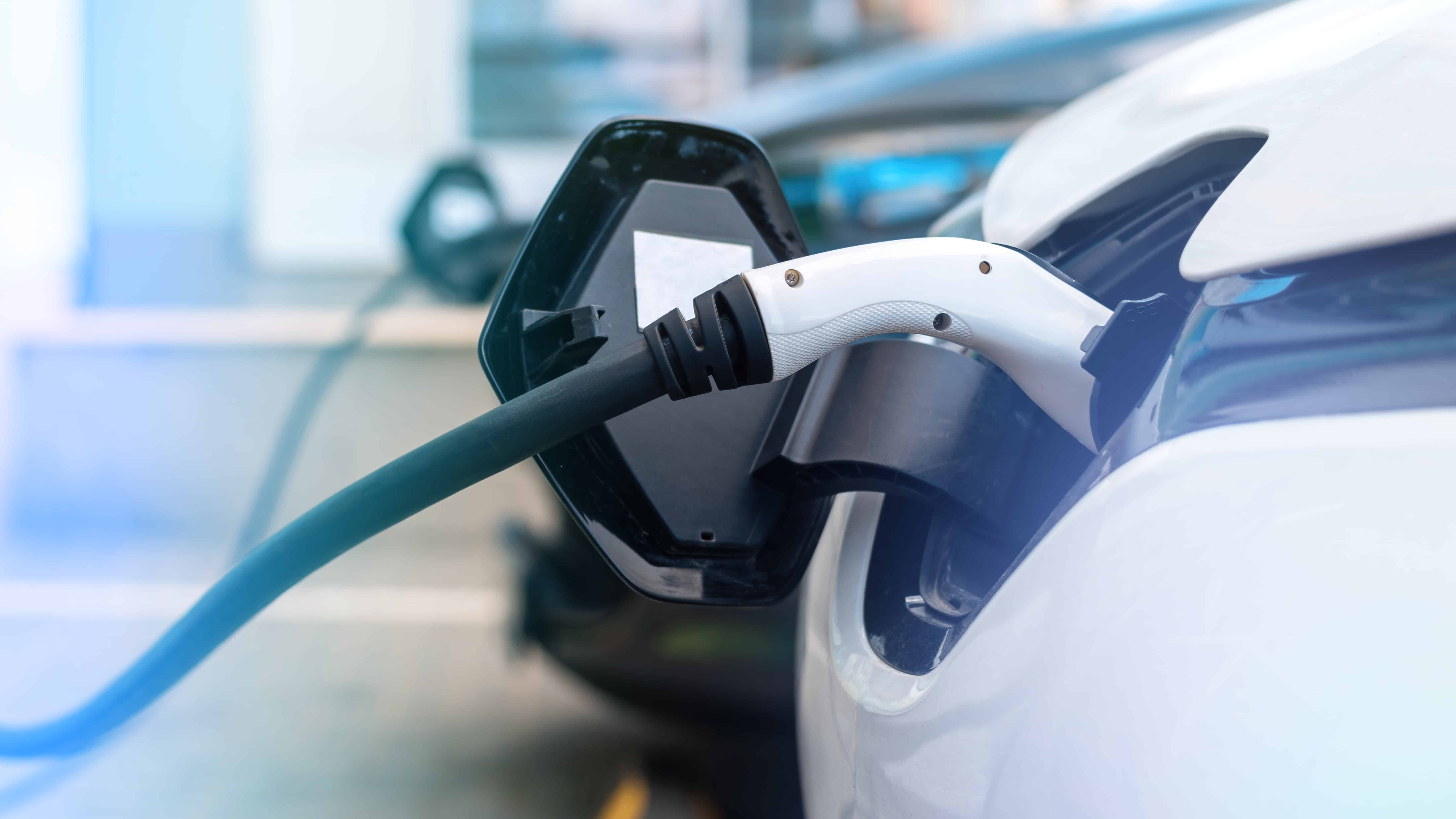Getting to Know the Types of EV Chargers
An introduction to EV Chargers
As electric vehicles (EVs) gain traction in Malaysia, the country is witnessing a growing number of charging stations, both in public spaces and residential areas. When it comes to charging electric vehicles (EVs), two primary options are available: AC (alternating current) chargers and DC (direct current) chargers.

AC chargers, also known as Mode 2 or Mode 3 chargers, are commonly found in homes and businesses. These chargers convert alternating current (AC) from the power grid into direct current (DC) required by the EV's battery. AC chargers are versatile and can be easily installed at various locations, making them ideal for residential charging. They offer a range of charging speeds, with Mode 2 chargers providing approximately 4-8 kilometres of range per hour, and Mode 3 chargers offering faster charging rates, delivering up to 40 kilometres of range per hour.
DC chargers, also referred to as Mode 4 chargers or fast chargers, are prevalent in public charging stations across Malaysia. These chargers supply direct current (DC) power to the vehicle, bypassing the need for onboard conversion. DC chargers provide significantly faster charging times, allowing EVs to reach up to 80% battery capacity in as little as 30 minutes. These chargers play a crucial role in facilitating long-distance travel and reducing charging time for EV owners on the go.
Now, let's explore the key differences between these chargers to understand their unique characteristics and benefits.
| AC Chargers | DC Chargers | |
|---|---|---|
| Charging Speed | 4-40 kilometres per hour | 289-386 kilometres per hour |
| Infrastructure Requirements |
|
|
| Onboard Conversion | Converts AC power from the grid into DC power required by the EV's battery. | Onboard Conversion Converts AC power from the grid into DC power required by the EV's battery. Directly supply DC power, bypassing the need for onboard conversion. |
| Cost & Availability | More affordable and readily available. | More expensive to install and maintain. |
| AC Chargers | DC Chargers |
|---|---|
| Charging Speed | |
| 4-40 kilometres per hour | 289-386 kilometres per hour |
| Infrastructure Requirements | |
|
|
| Onboard Conversion | |
| Converts AC power from the grid into DC power required by the EV's battery. | Directly supply DC power, bypassing the need for onboard conversion. |
| Cost & Availability | |
| More affordable and readily available. | More expensive to install and maintain. |
Key Takeaways:
- AC chargers are versatile, affordable, and suitable for residential and public charging.
- DC chargers offer rapid charging speeds, making them ideal for long-distance travel and quick top-ups.
- The choice between AC and DC charging depends on the individual's charging needs, driving habits and access to the appropriate charging infrastructure.
